Literacy Centre and Classroom Library Development
Introduction
Today literacy cannot be defined as the traditional reading and writing activities designed for classroom instruction1Antonacci & O’Callaghan, 2004: 16. Children observe how literacy is used at home, e.g. reading of newspapers and magazines, sms texts on the cellphone, making of grocery lists, ID documents, and usage of Bank cards. Children construct and reconstruct the use of print in their cultural and social lives based on their experiences with printed matter. Therefore the educarer or teacher should accommodate the broader scope of literacy development
Classroom Literacy Development (Focus: Reading)
In the early grades teachers should read TO children/learners regularly, because the teacher models expressive and fluent oral reading. The children/learners get exposed to a variety of books and reading materials, as well as connect to the emotions, incidents and information provided by books. Children can participate by turning pages, analyzing illustrations and actively respond by, e.g. miming, summarizing, responding to questions, making predictions and actively react to certain phrases of words in the story. As part of a balanced reading programme, teachers should also read WITH learners to guide and direct children to acquire effective reading strategies. In addition, reading and exposure to books should also be done BY the children/learners2Reutzel & Fawson, 2002.
A classroom library serves various functions3Reutzel & Fawson, 2002:
- Supports literacy instruction such as reading and writing development
- Helps children/learners learn about books and reading materials
- Provides a central place for learning resources.
- Provides opportunities for independent reading
- Provides a place where children/learners can talk about and interact with books and reading materials.
- Provides opportunity for children to learn to handle books with appreciation.
- Learn to replace books as they were organized by the teacher
Some ideas to be included in the classroom library or literacy corner4Reutzel & Fawson, 2002: 235Metcalfe, Simpson, Todd, & Toyn, 2013. These provide opportunities for learners to respond to reading and create reading matter.
■ Recipe cards
■ Various forms
■ Stationery
■ Cardboard boxes
■ Note cards
■ Post-it notes
■ Envelopes in various sizes
■ Assorted papers in different sizes
■ Business cards of various companies
■ Stickers
■ Poster paper
■ Paper clips
■ Puppets
■ Simple costumes and props to act out stories.
■ Magazines
■ Newspapers
■ Shop advertisements of specials
■ Old computer and key board

■ Examples of icons e.g. for writing and discussing.
■ Old telephone,
■ Old telephone directory
■ Old microphone
■ Old camera
In many government schools there are not many reading resources. The dedicated and enthusiastic teacher will have to make plans, e.g. request books from affluent persons in the community, collect
magazines, let the learners create stories and big books, old birthday cards and such like. Make literacy inviting and fun.
A great idea to make reading fun in the classroom:
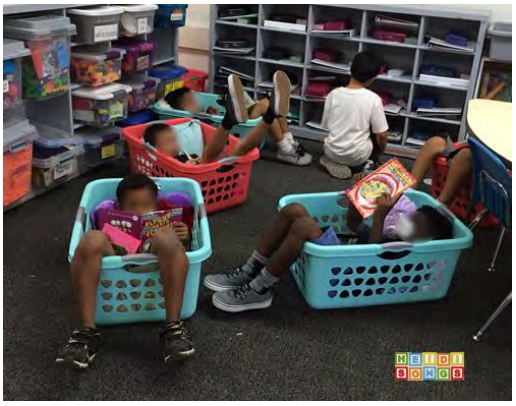
In an ideal situation a classroom library can be organized as suggested below6Reutzel & Fawson, 2002: 25.
Preferably display books with the covers visible.
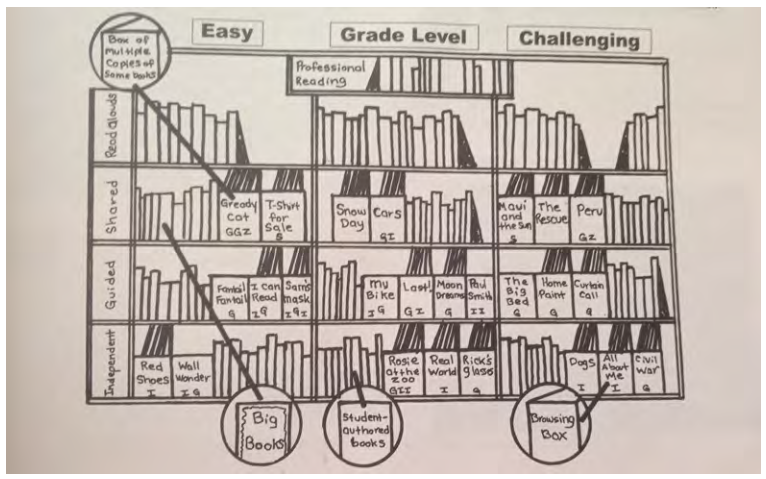
Instructions also support a literacy environment.

Teachers can teach learners how to select and replace books7Reutzel & Fawson, 2002
• Pull the book from the shelf and put your marker where the book was
• Read the title
• Look at the cover
• Open the book and look at illustrations, flip through the pages, read selected text
• Make a judgement
• Select or reject
• Return the book to where your marker is
Criteria for levelling books for beginning reading8Cooper & Kiger, 2009: 64.

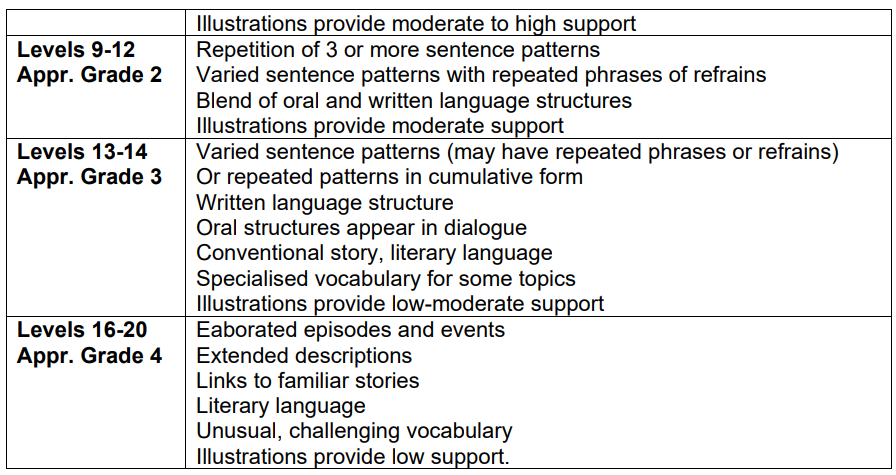
Encouraging free writing
(Remember the focus is not on correct spelling or punctuation, but the joy of expressing thoughts in writing).
Writing prompts
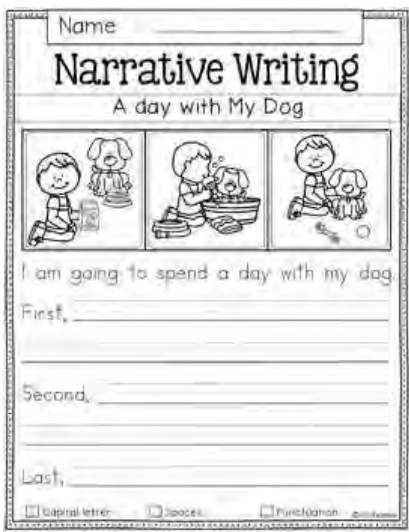
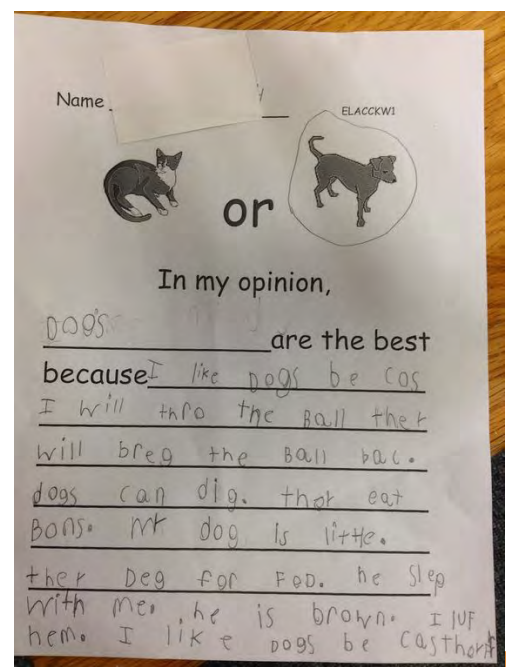
Other meaningful free writing ideas
• Making invitations
• Making cards for sick friend
• Making mother’s day, father’s day cards
• Create shopping lists
• Creating rules for friendship
• Write about a story they liked
• Create own story from a drawn picture
• Collect information from friends about what fruit/food/car/colour they like
Resources
[mfn_list_execute_after_content_processed]